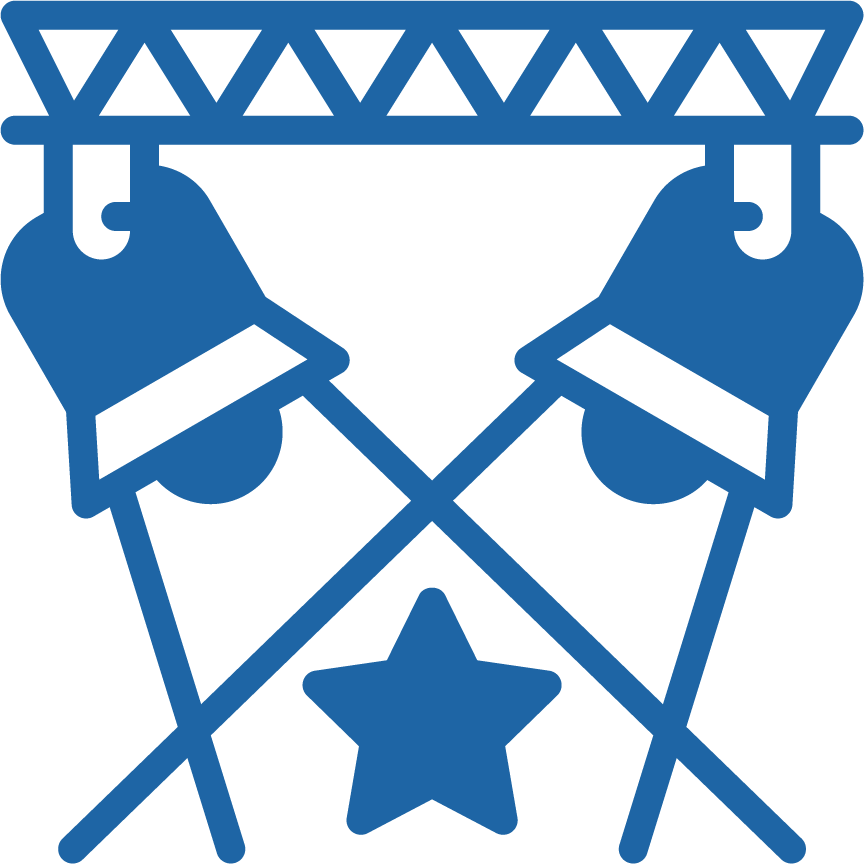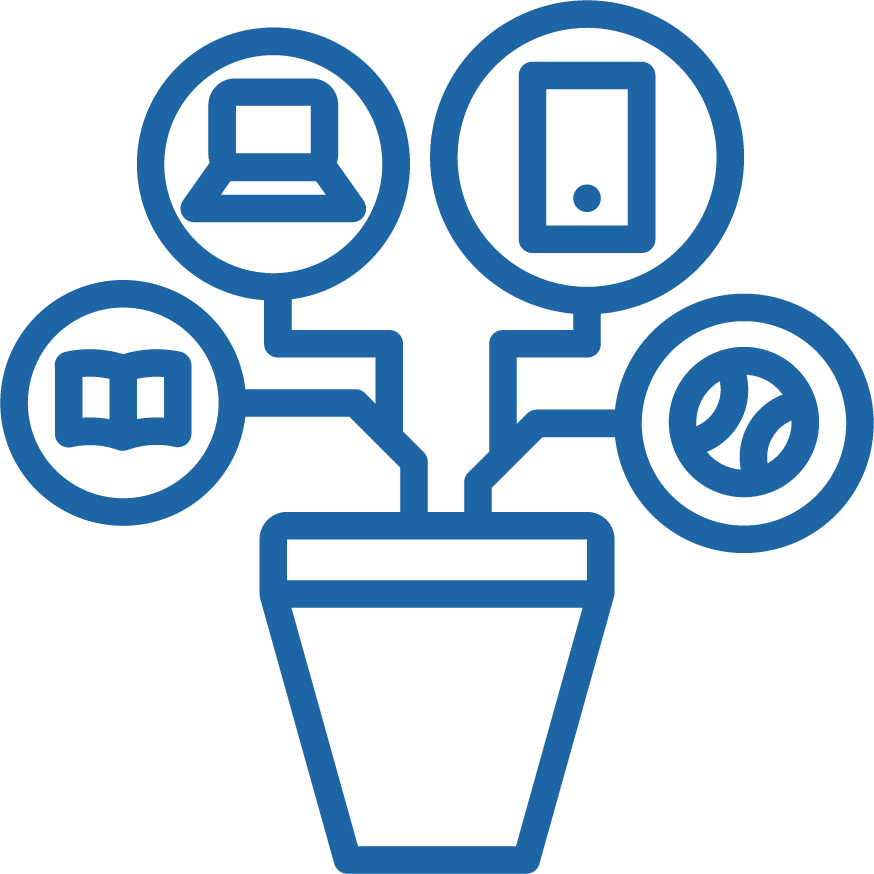- Welcome
- Approach
- Invent
- Apply
- Transition
- Glossary
| Overview | Identify a Need | Define Indicators of Success | Imagine a Solution | Test a Prototype |
|---|
Identify a Need
A succinct statement of the problem of practice or need that you are seeking to address.
You have likely encountered the “solution in search of a problem” approach to innovation. An exciting and novel idea for improving education arises, but without an authentic or complete picture of the needs, barriers, and contexts of potential end users in the education field, the innovation remains only an idea.
To scale educational products, it is critical to design with a deep understanding of and empathy for the experiences, emotions, and motivations of the potential end users and stakeholders. That is why the first step in inventing a scalable solution is to engage members of the education community in developing a needs hypothesis.
To create your needs hypothesis, first consider these questions:
- What is the problem of practice or need that the educational product aims to address?
- Is it an identified need among a large majority of schools, students, or teachers?
- What is currently being done to address this need? Do products or approaches to address this need already exist?
- Do people in the education community identify this need as a priority? Is the need in line with the top priorities identified by state education agencies, school districts, and schools?
- What systemic barriers create or exacerbate this need?
- What do we need to better understand about the relevant people and systems to fully define this need?
Consider using this template when you draft a needs hypothesis.
(End user) needs a way to (insert the need or goal).(Describe end user’s efforts or intent to meet the need) but (insert barriers).
Without validation, a hypothesis is just a hypothesis. To shape the needs hypothesis and confirm the priority and urgency of addressing the identified need, you have to continually gather information by engaging with potential end users and others impacted by the need. You can collect data through surveys, focus groups, or interviews to define who the end users are and their contexts, assets, pain points, barriers, and needs. Also consider opportunities to engage potential end users as part of your design team. You will likely refine your needs hypothesis iteratively as you gather information and continue designing with end users through the Invent stage.

Stories of Scaling Highlight
As a graduate student at New York University (NYU), Tammy Kwan was interested in exploring ways to improve learning in early childhood education (ECE). Her first idea was to develop a physical toy to help students learn language. After spending time in classrooms and talking to teachers, administrators, children, and families, she realized that the unmet need wasn’t for objects to support learning, but for better ways to monitor children’s progress.
Kwan then developed Cognitive ToyBox, a play-based early childhood assessment tool that provides both observational and direct assessment formative feedback for educators. Today, the system is used in about half of U.S. states, and there have been two state-wide adoptions.
According to Kwan, early childhood assessment had been static for decades. Typically, teachers spend 4 to 6 hours per week observing children, taking notes on their development, and then entering their notes into a system. These data are often subjective, and the results aren’t action oriented. Moreover, teachers typically review the aggregated data just two to three times a year. Kwan saw an opportunity to develop a combination observational and game-based assessment platform that could be integrated into regular classroom play—providing more timely, objective, and actionable feedback on children’s learning without disrupting their day.
Read more in Stories of Scaling: Cognitive ToyBox.
“It is critical to identify the specific, real-world need that your work is addressing and to be able to speak to how that’s different than other solutions out there. It’s also really important to make sure that the research you’ve done has really validated that it does meet the need you are stating, as this will be the foundation of your claims in the market.”
—Dr. Liz Brooke, Chief Learning Officer of Lexia/Rosetta Stone. Read more.
![]()
Notice and Reflect
While defining a needs hypothesis, take time to pause to notice and reflect. Consider the following questions:
- What assumptions am I bringing to my understanding of the problem of practice or need?
- What do I still need to better understand about the stakeholders and the system?
- Who is most impacted by the need? How are they impacted? What are some root causes of the need?
- How will I expand my design team to incorporate end users and those most impacted by the need?

Spotlight Resource
Needs Discovery Tool. This tool is designed to help researchers and developers gather the data needed to form an accurate understanding of the needs and contexts of end users. The tool first prompts you to reflect on all individuals in an education ecosystem who may be involved. These individuals could include district purchasing managers, school schedulers, and teachers, to name a few. Then, the tool includes a list of suggested questions you can use to create an interview or other data collection protocol that helps you define, refine, or validate a needs hypothesis.

LEARN More
Empathy Interviews. Empathy interviews are conversations designed to elicit stories about specific experiences to help uncover needs. You can use this tool from Learning Forward together with the Needs Discovery Tool to help you use an empathetic approach when preparing for needs discovery.
When A Theory of Change Fails to Meet a Problem of Practice. This blog post highlights the importance of incorporating the needs of end users in defining a problem and theory of change.
Stories of Scaling: Cognitive ToyBox. This story of scaling profiles the development and scaling journey of early childhood assessment tool Cognitive Toybox.
